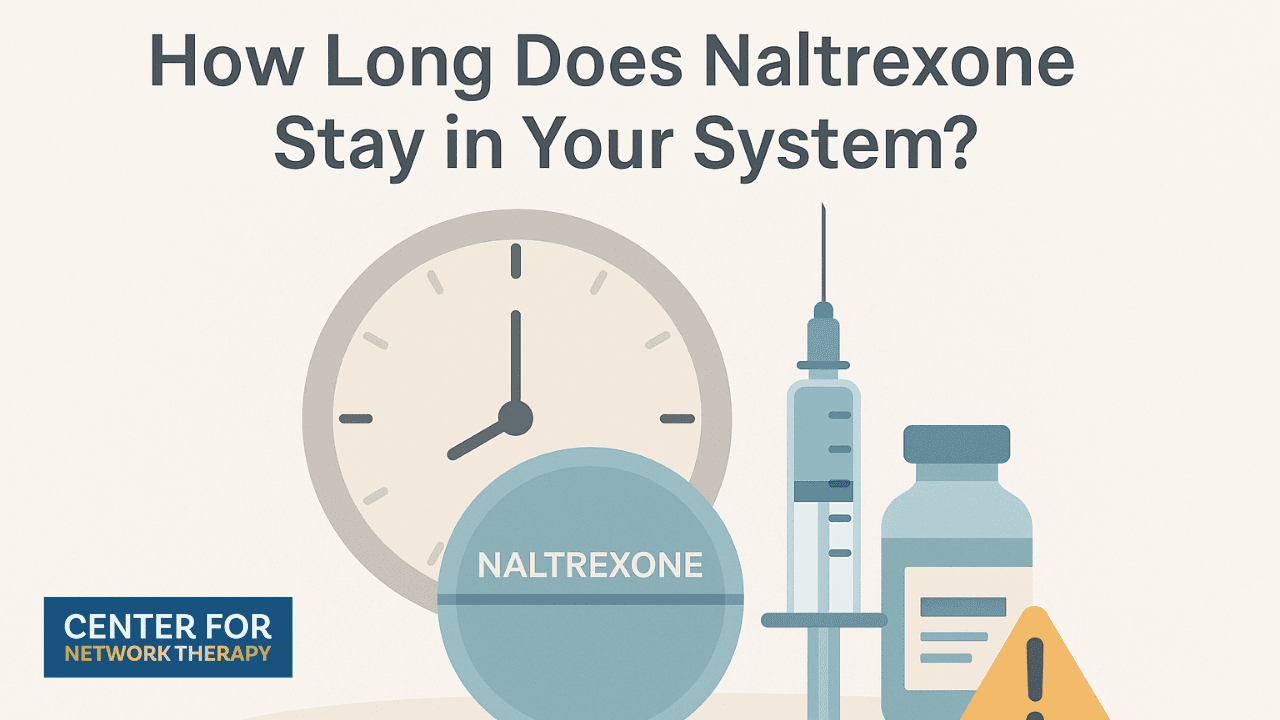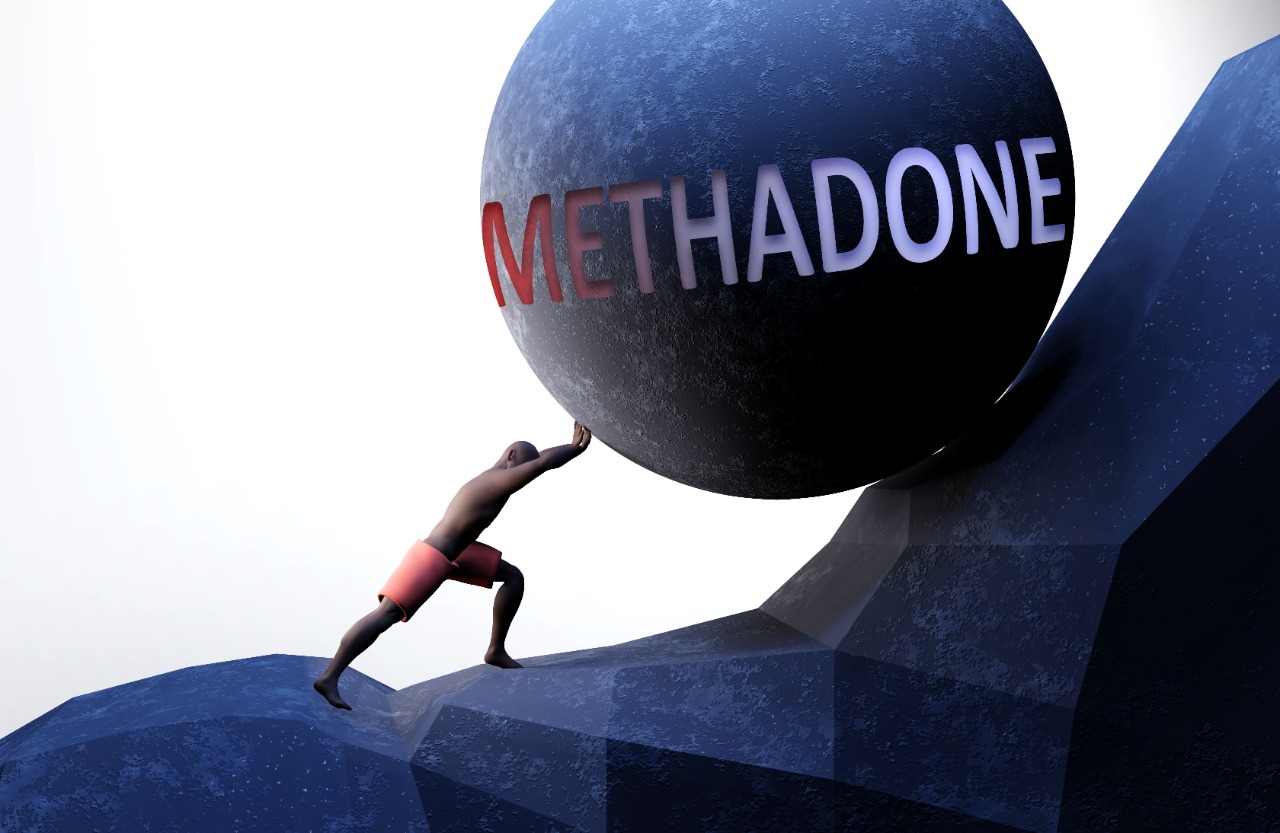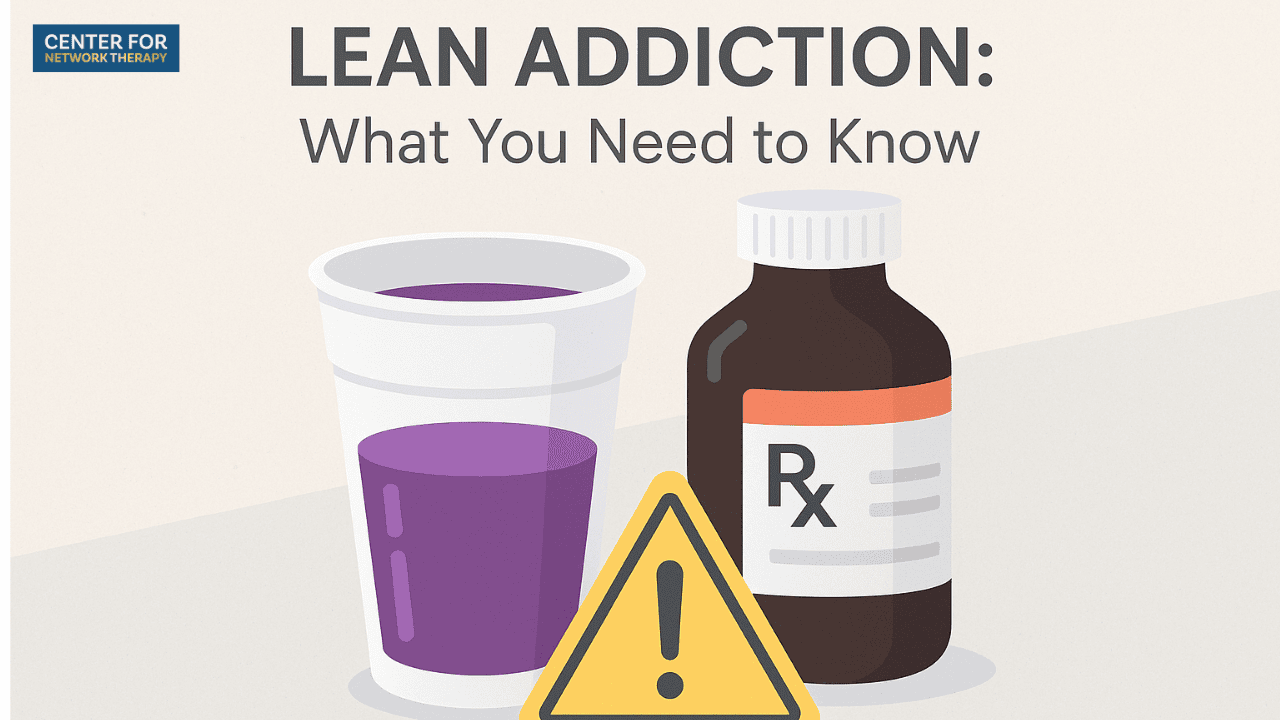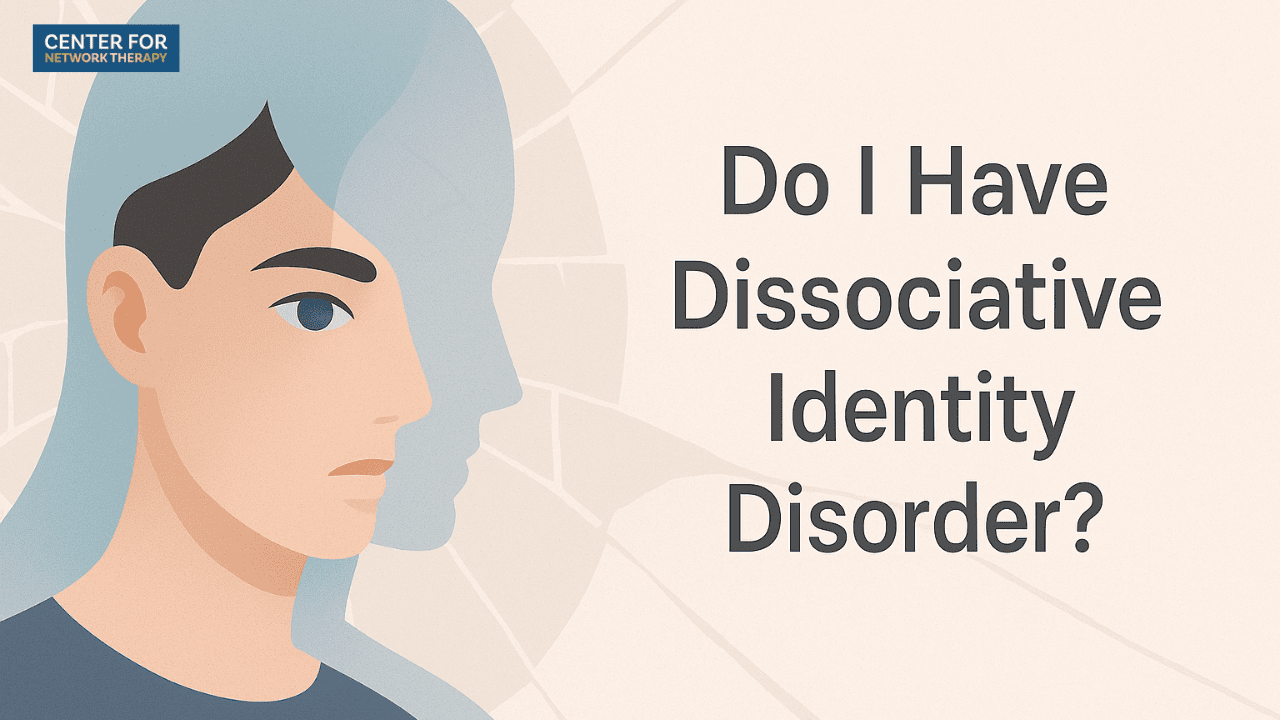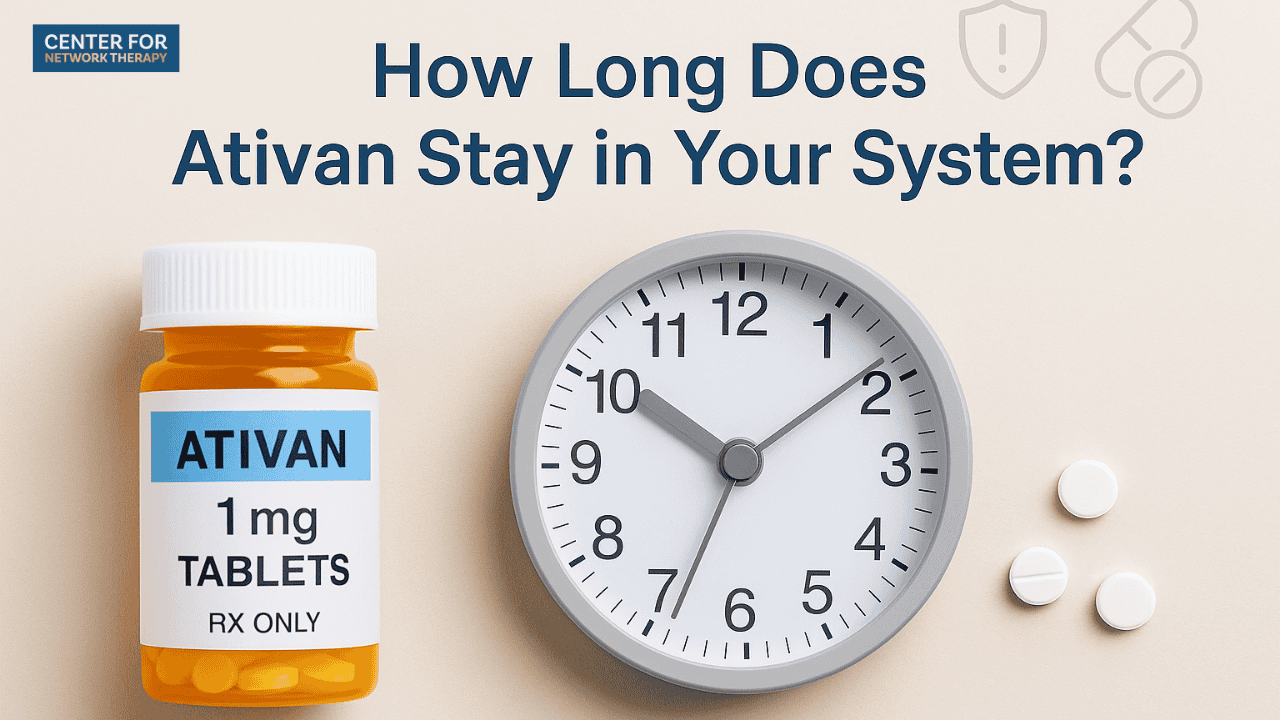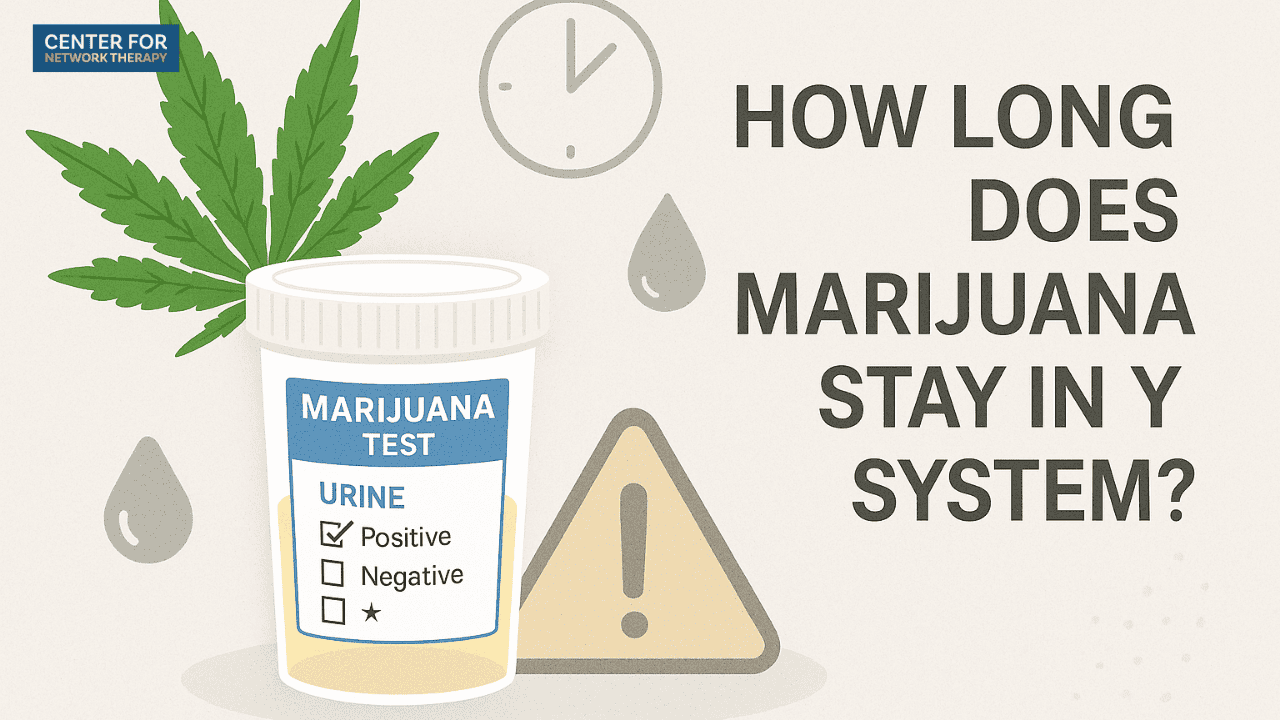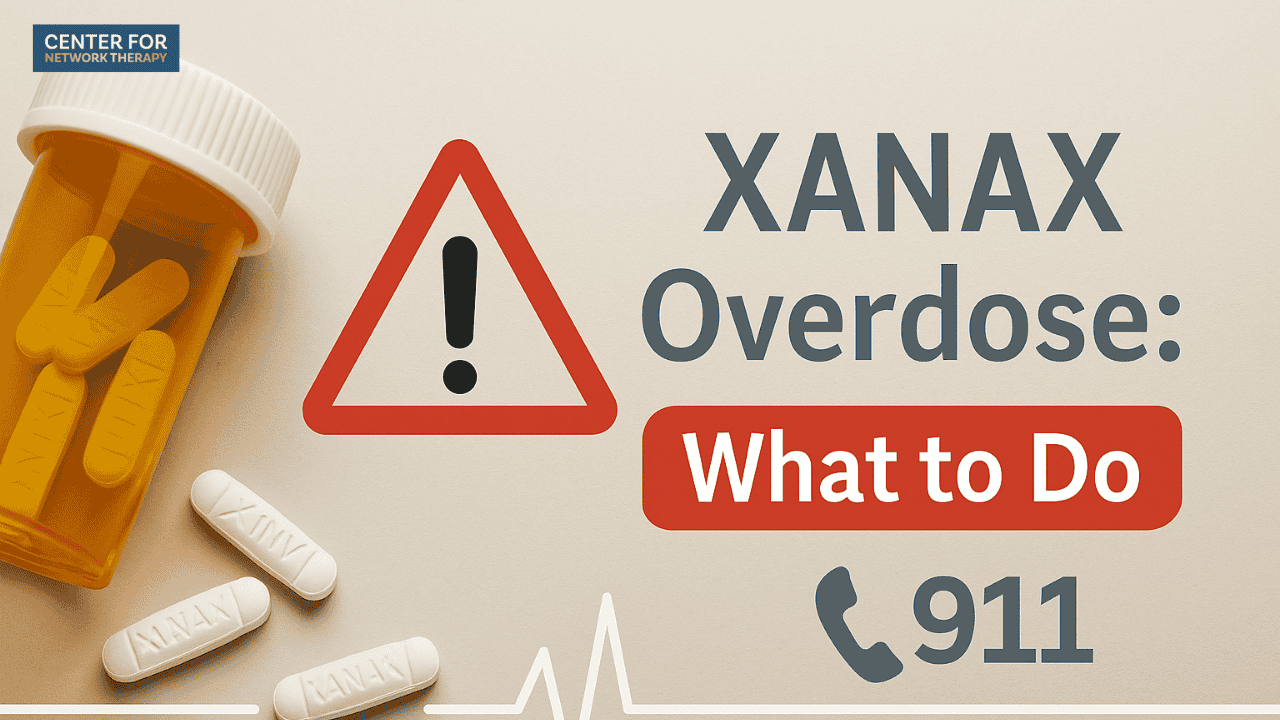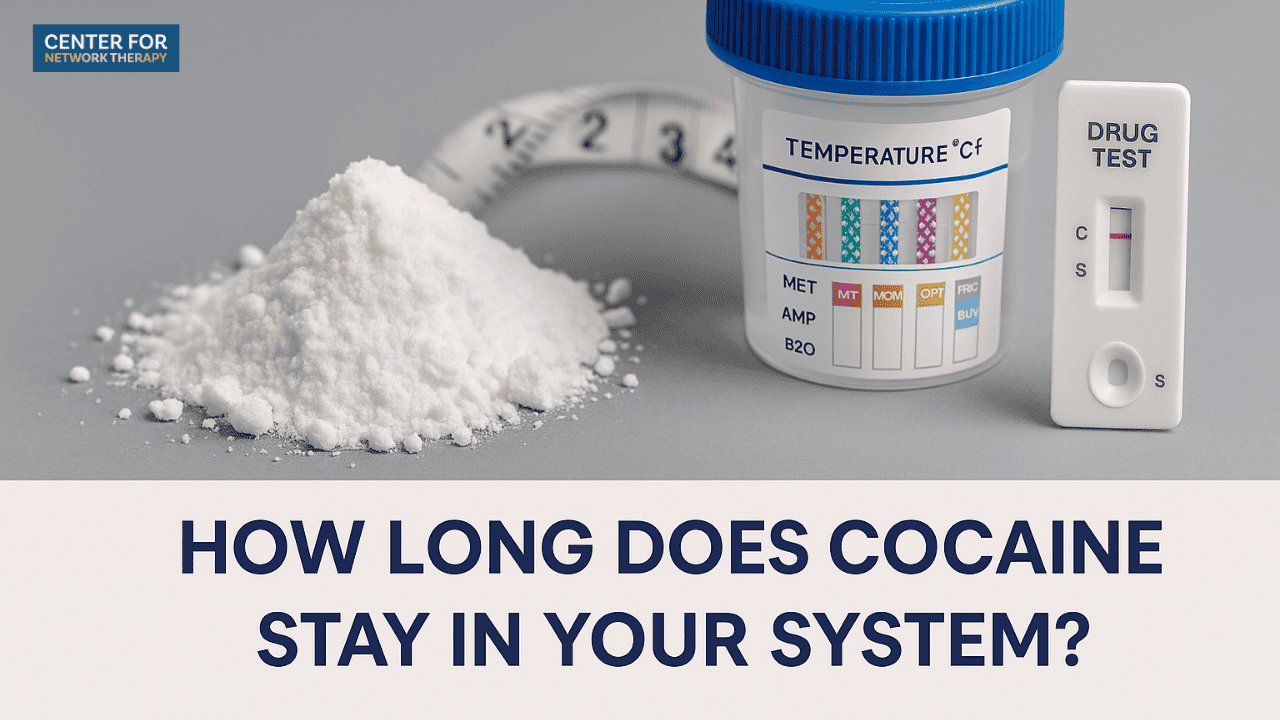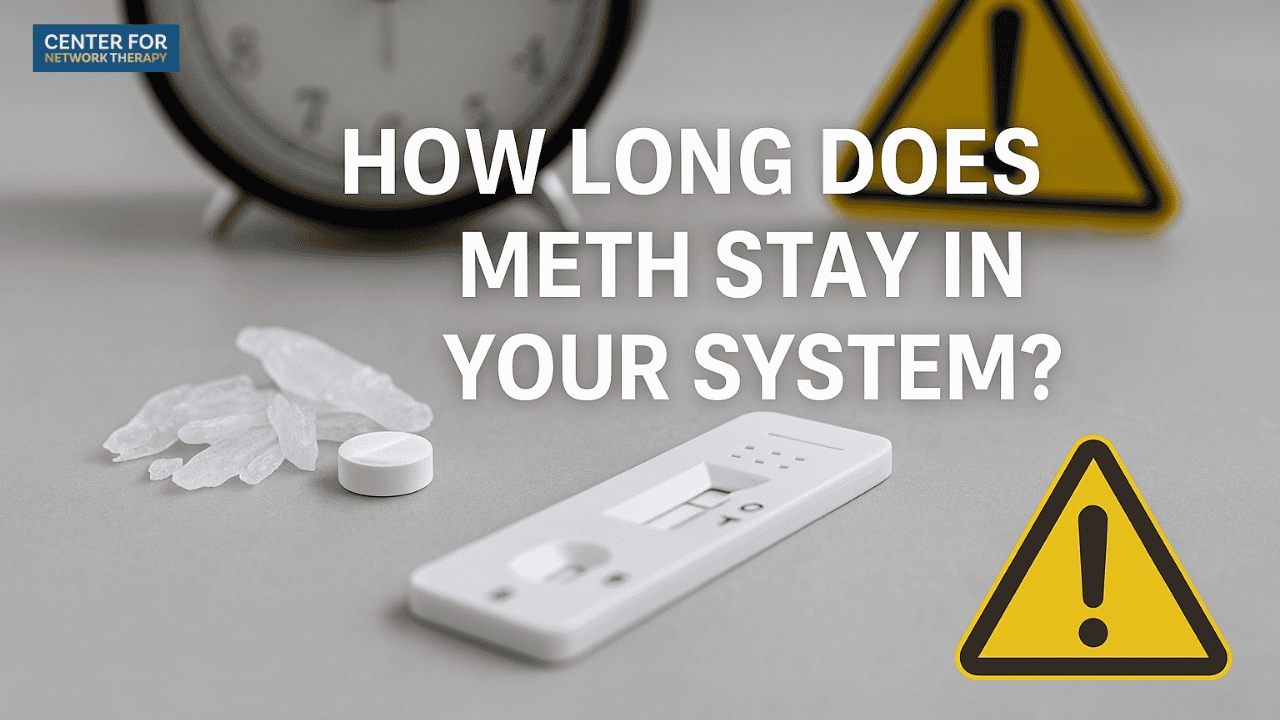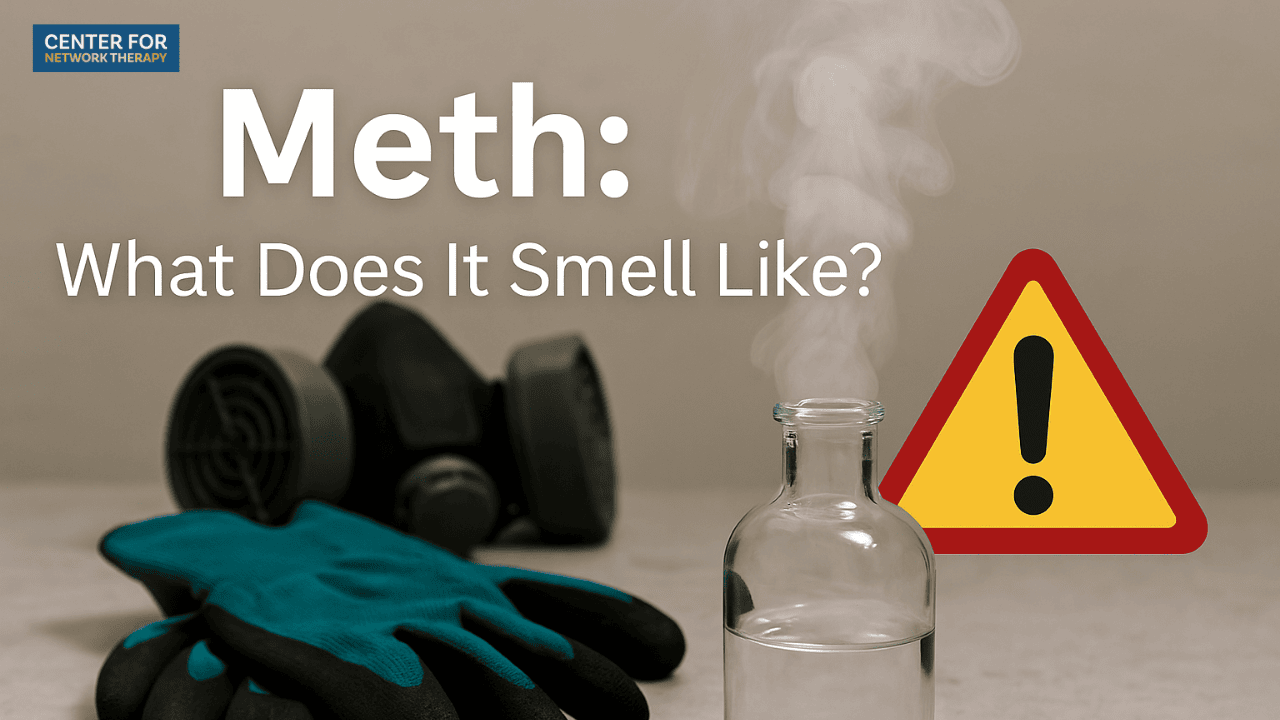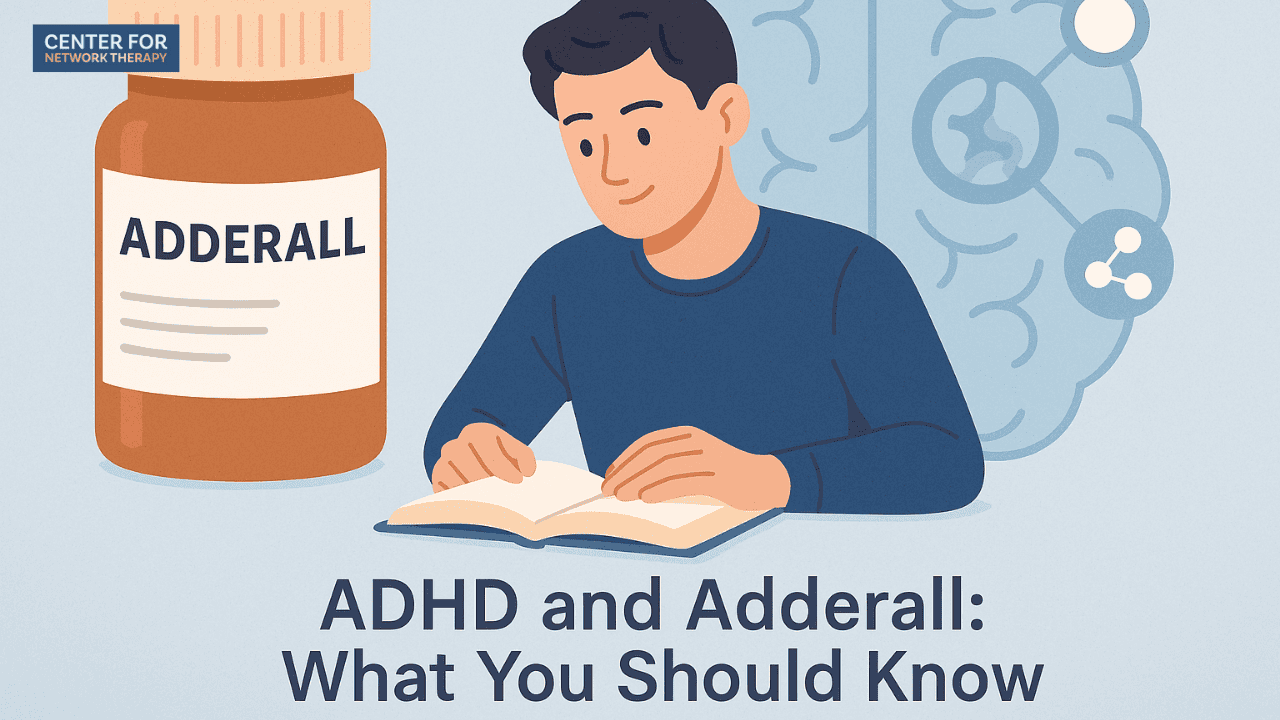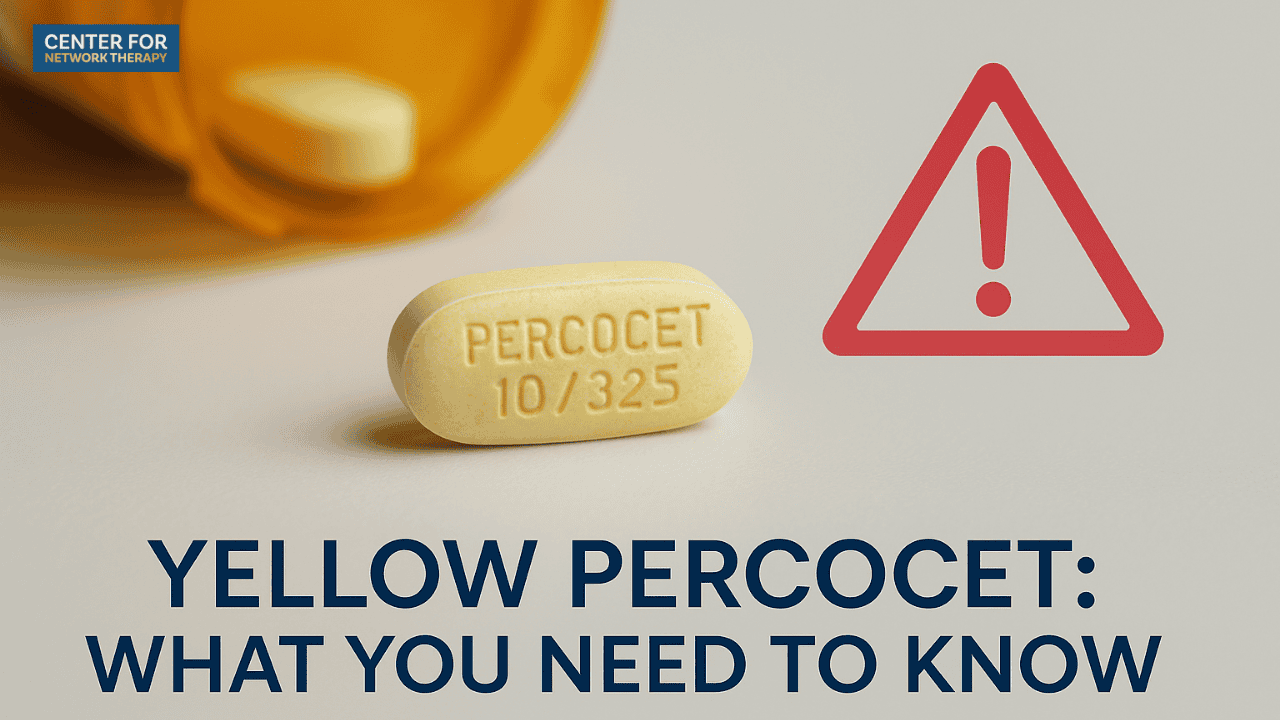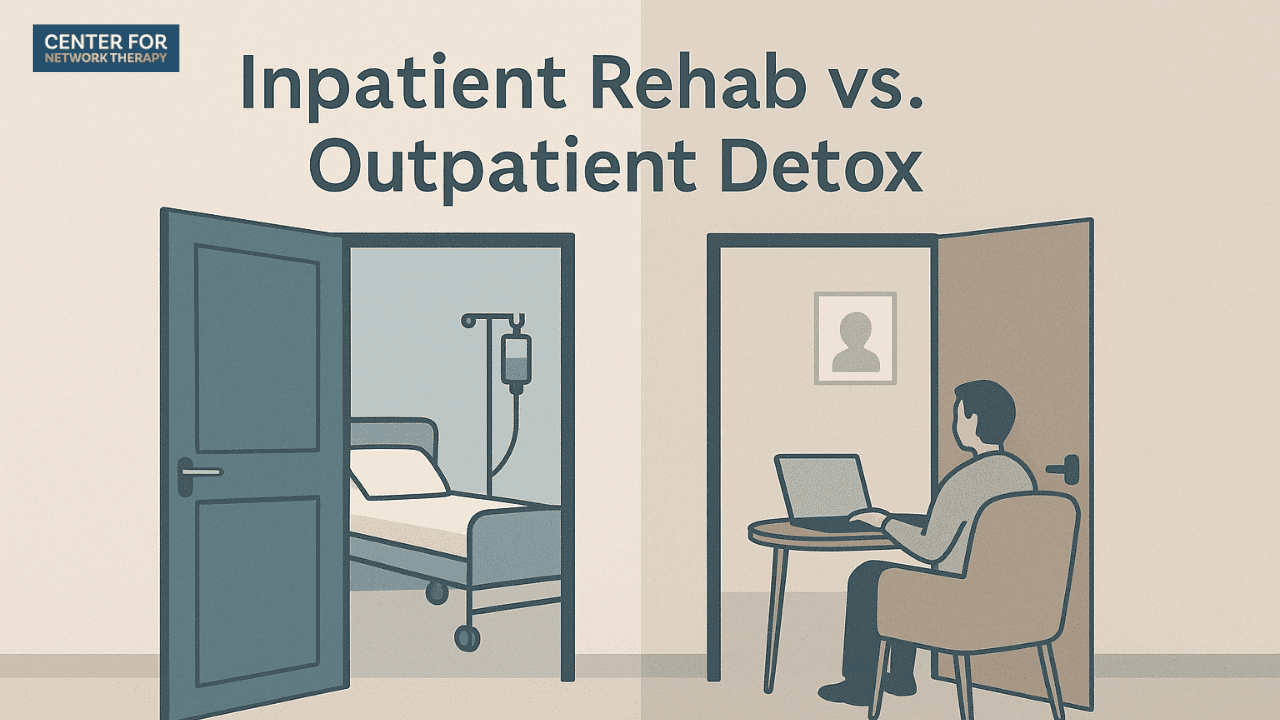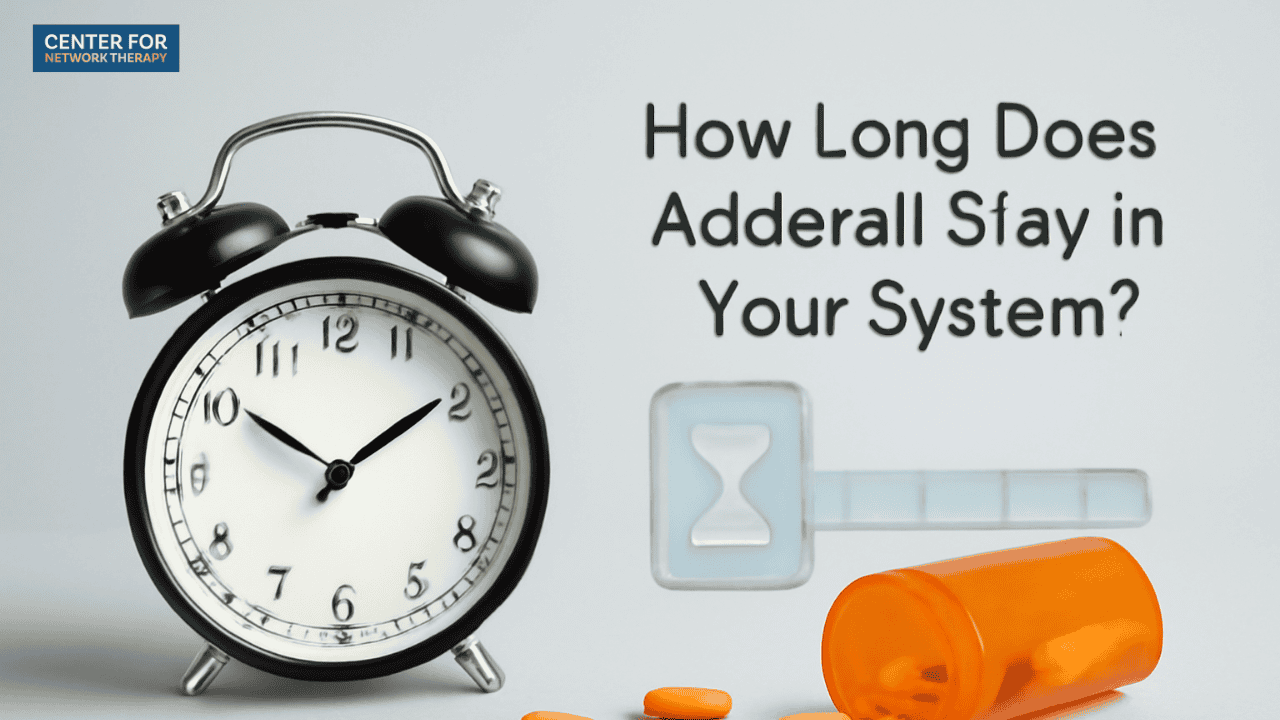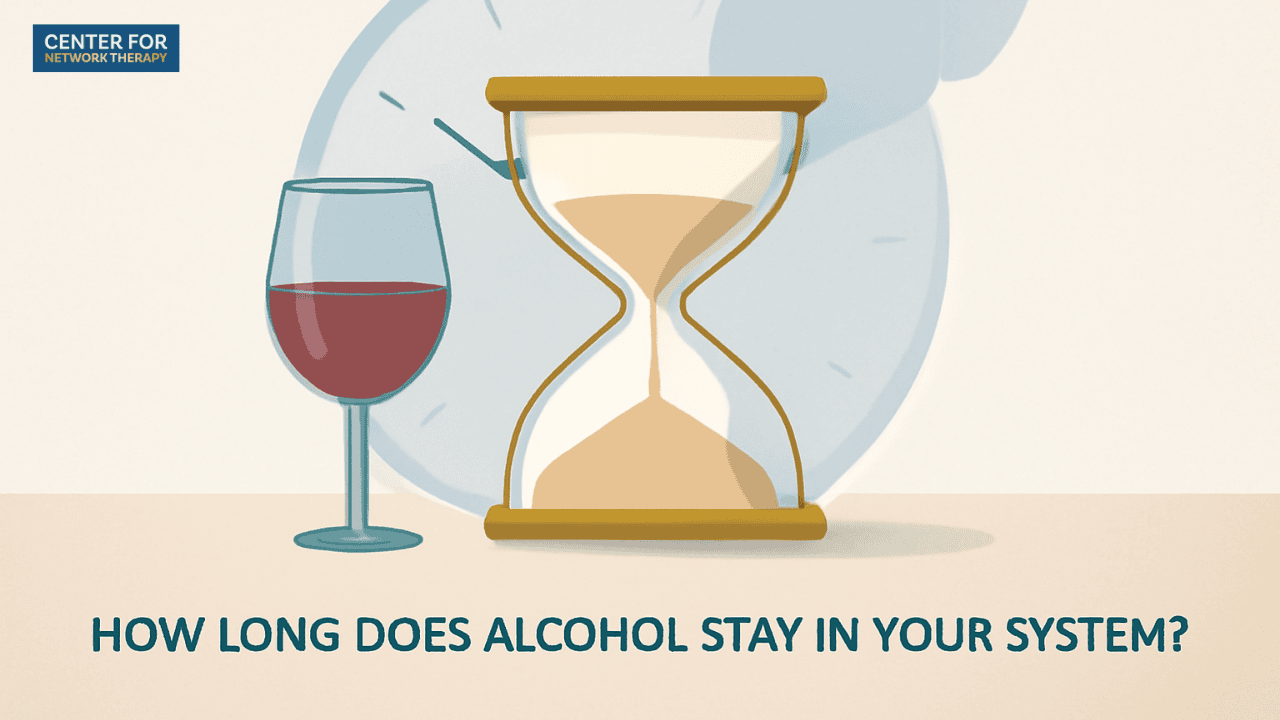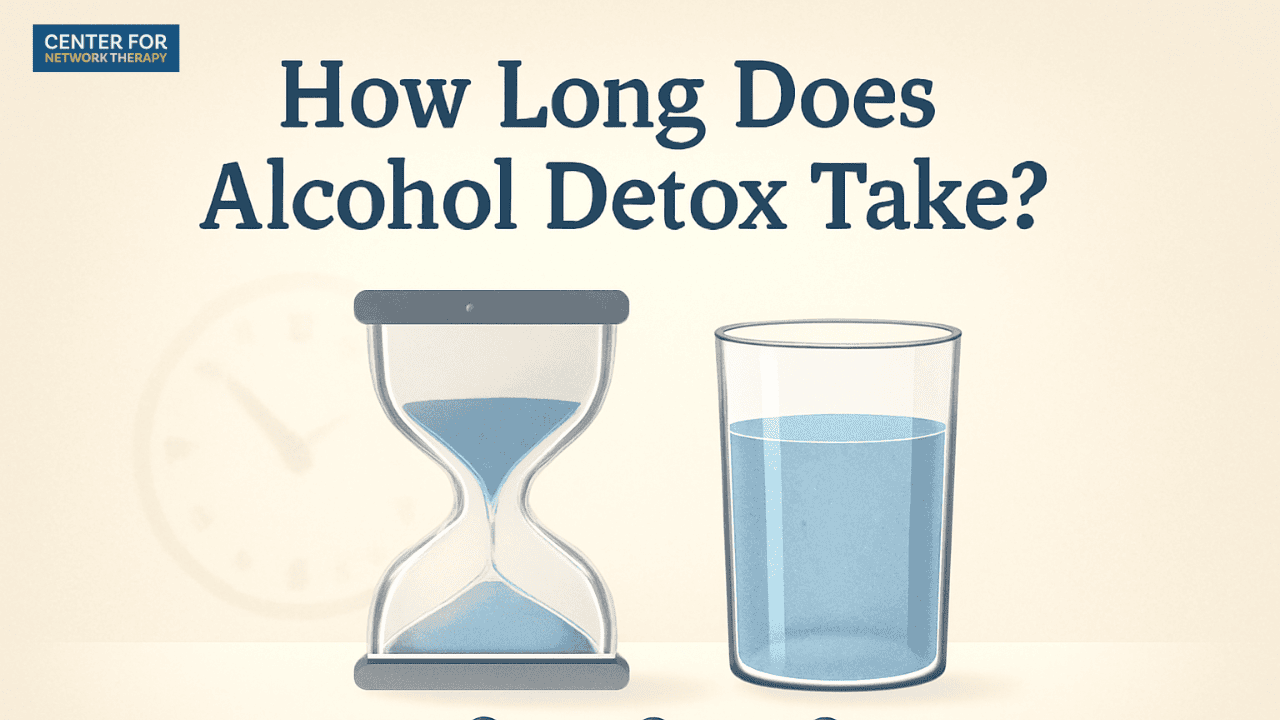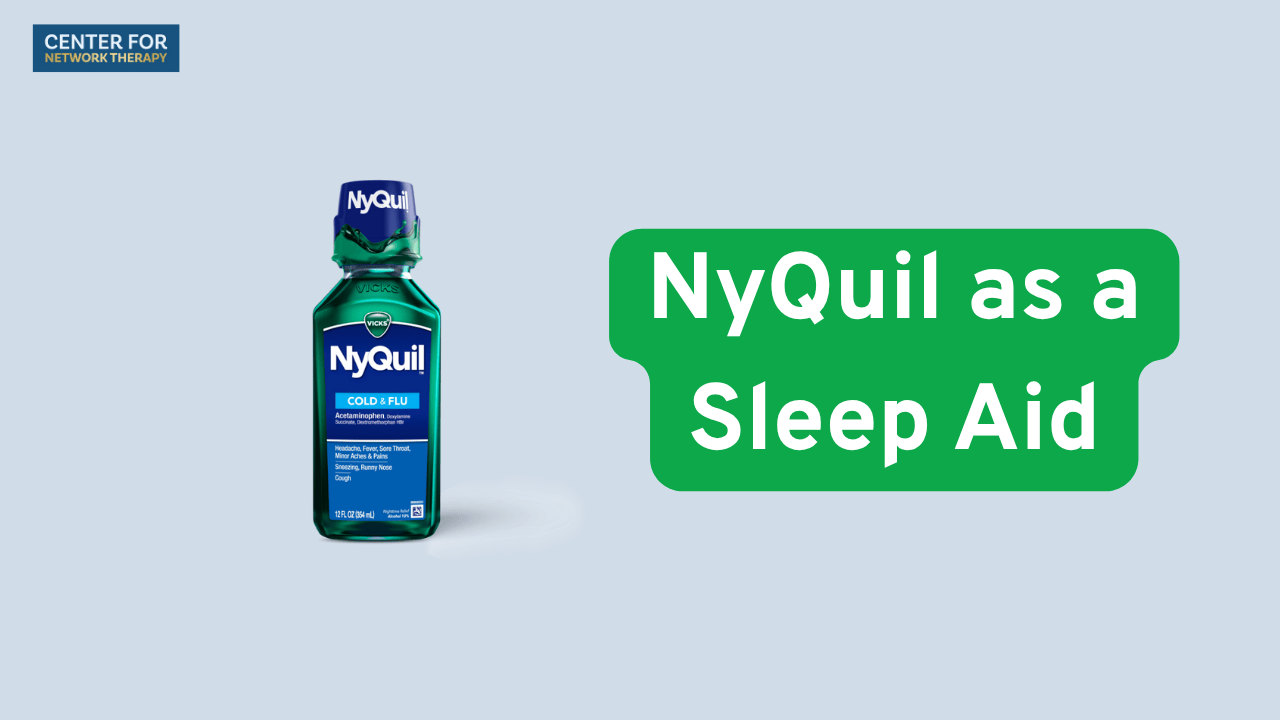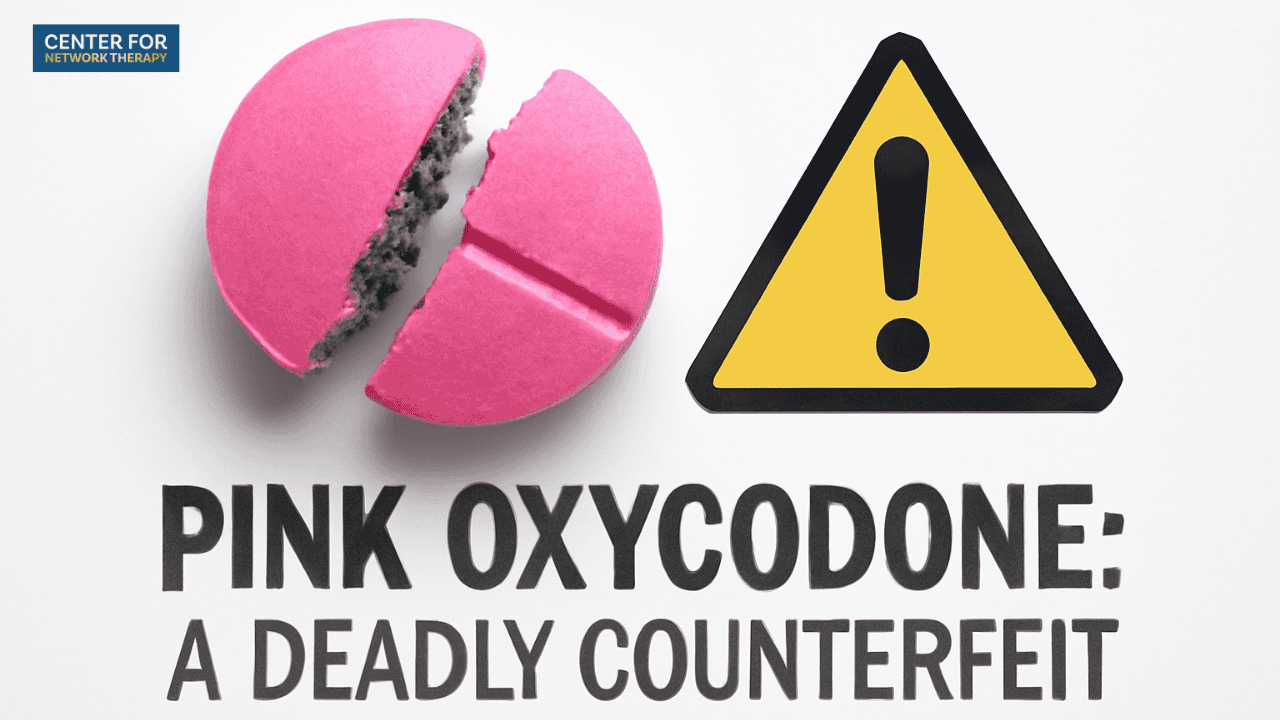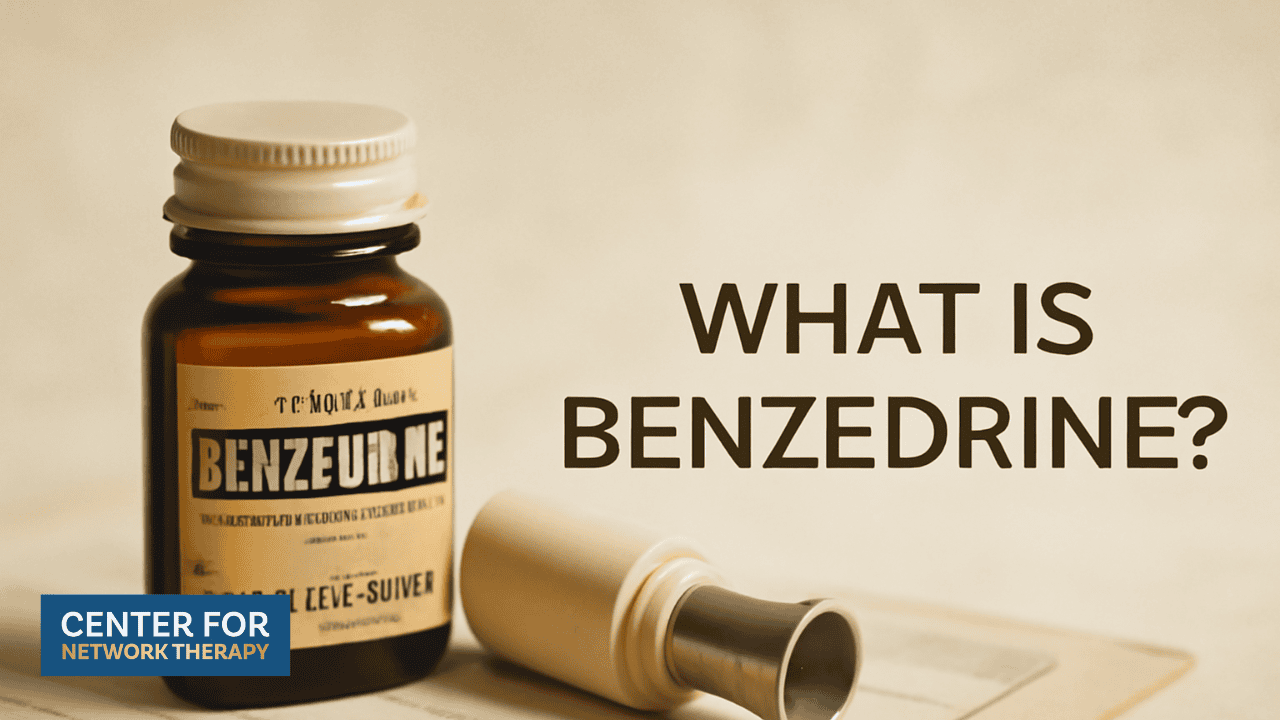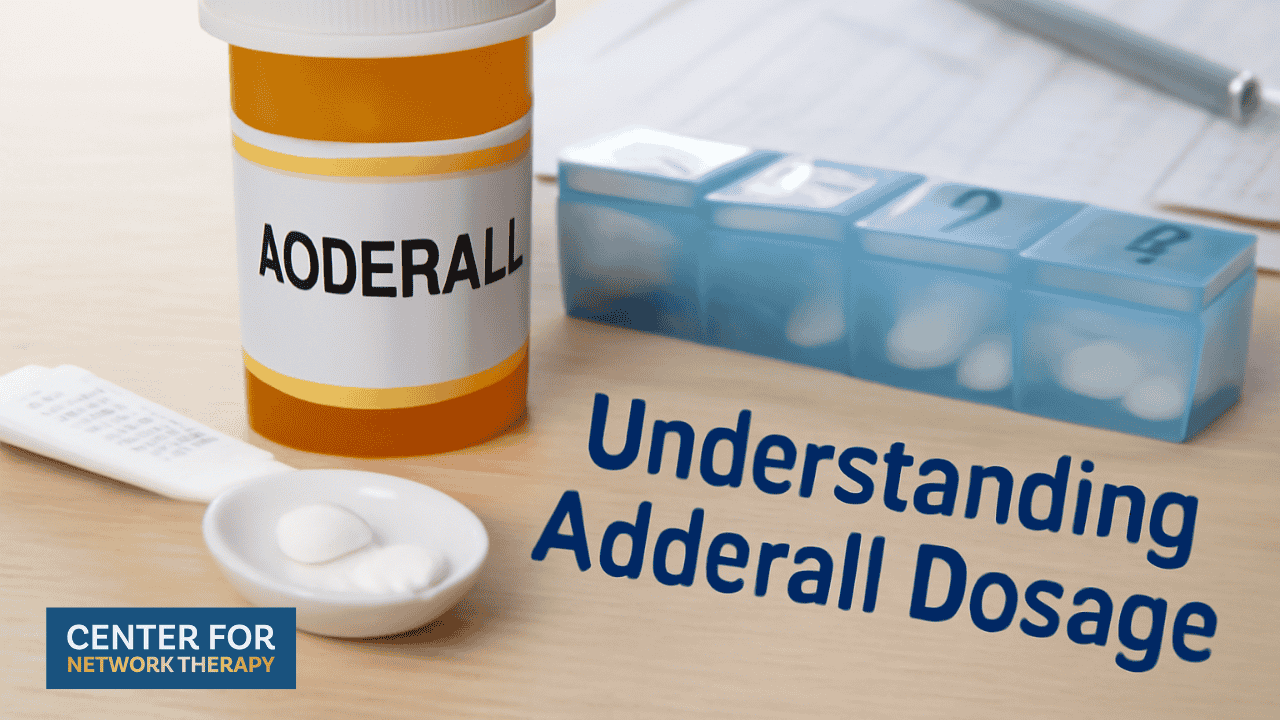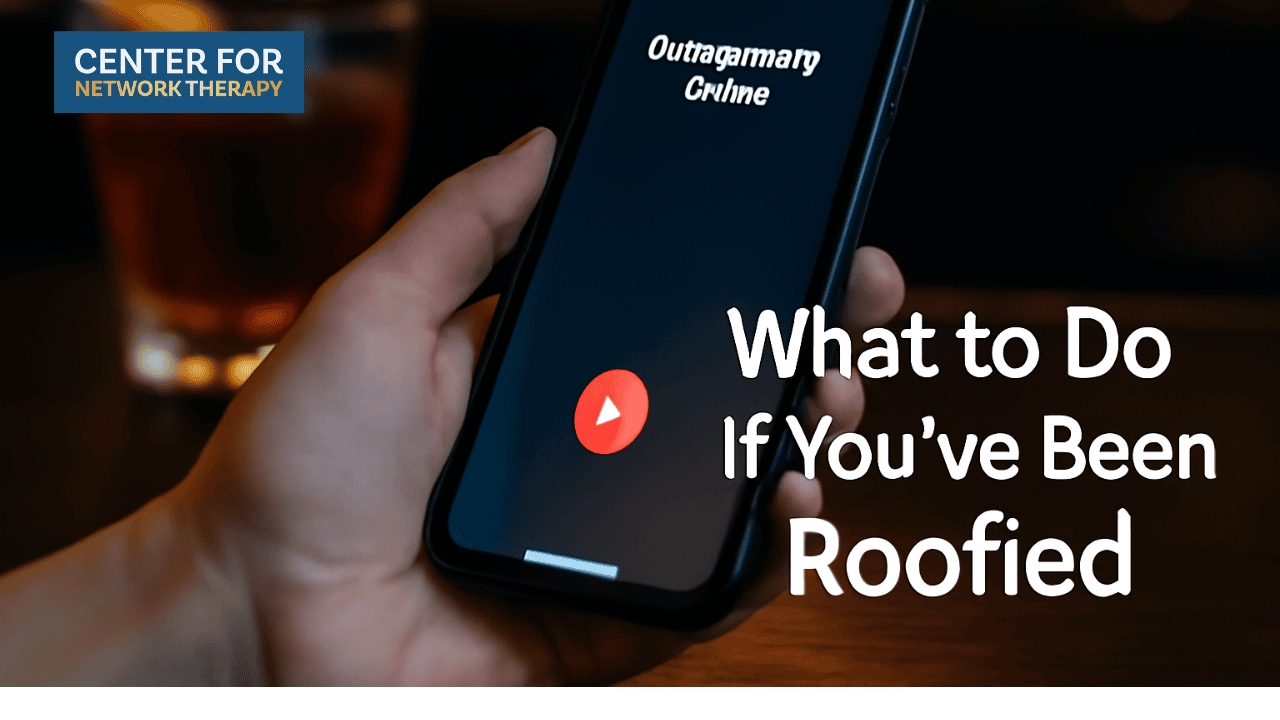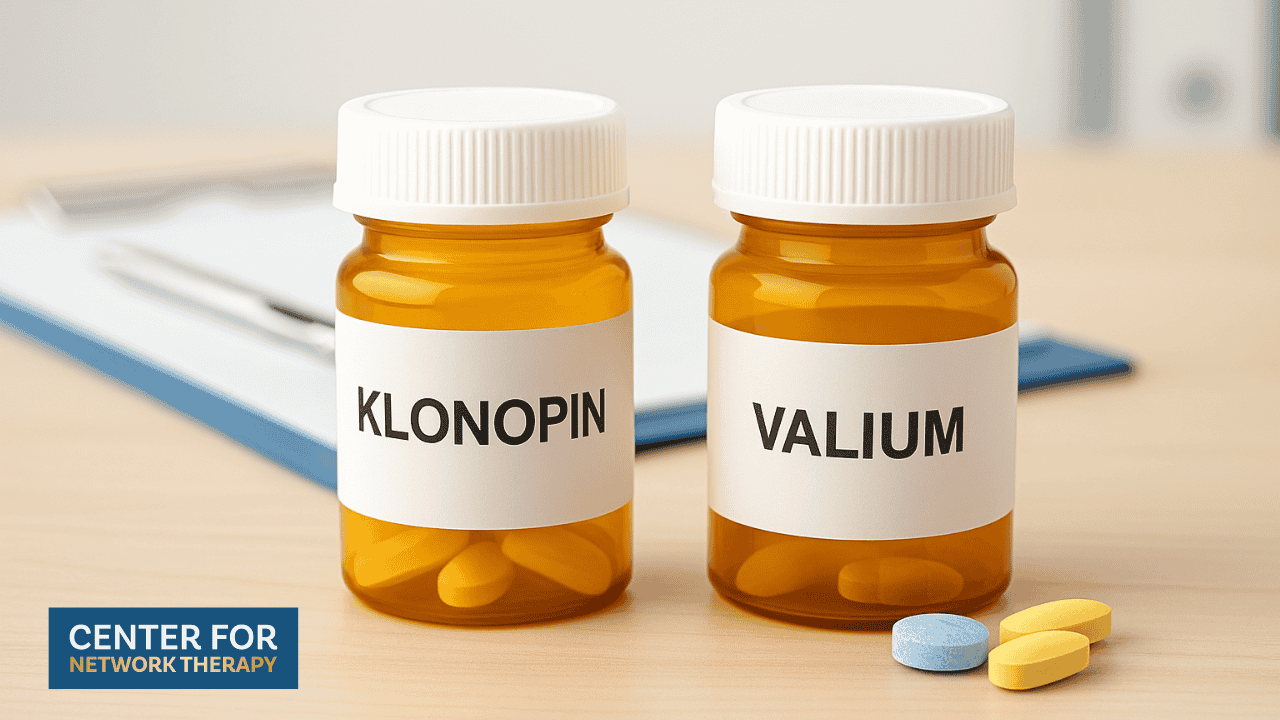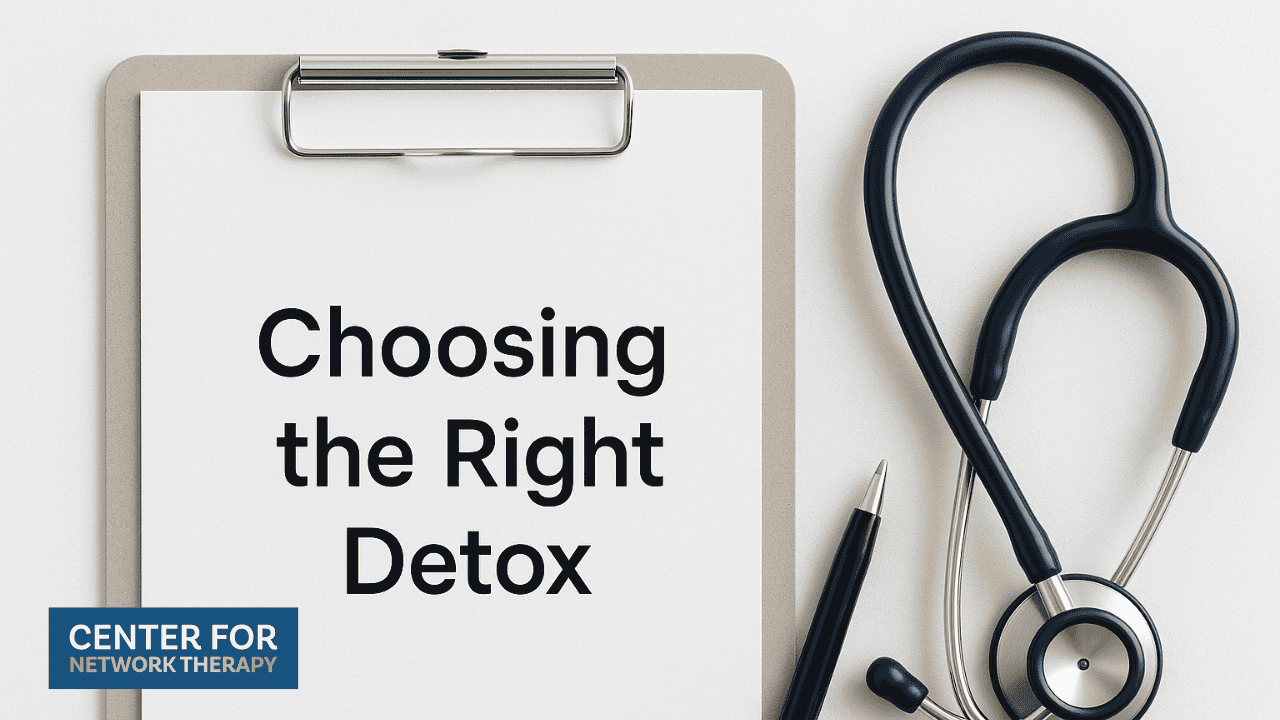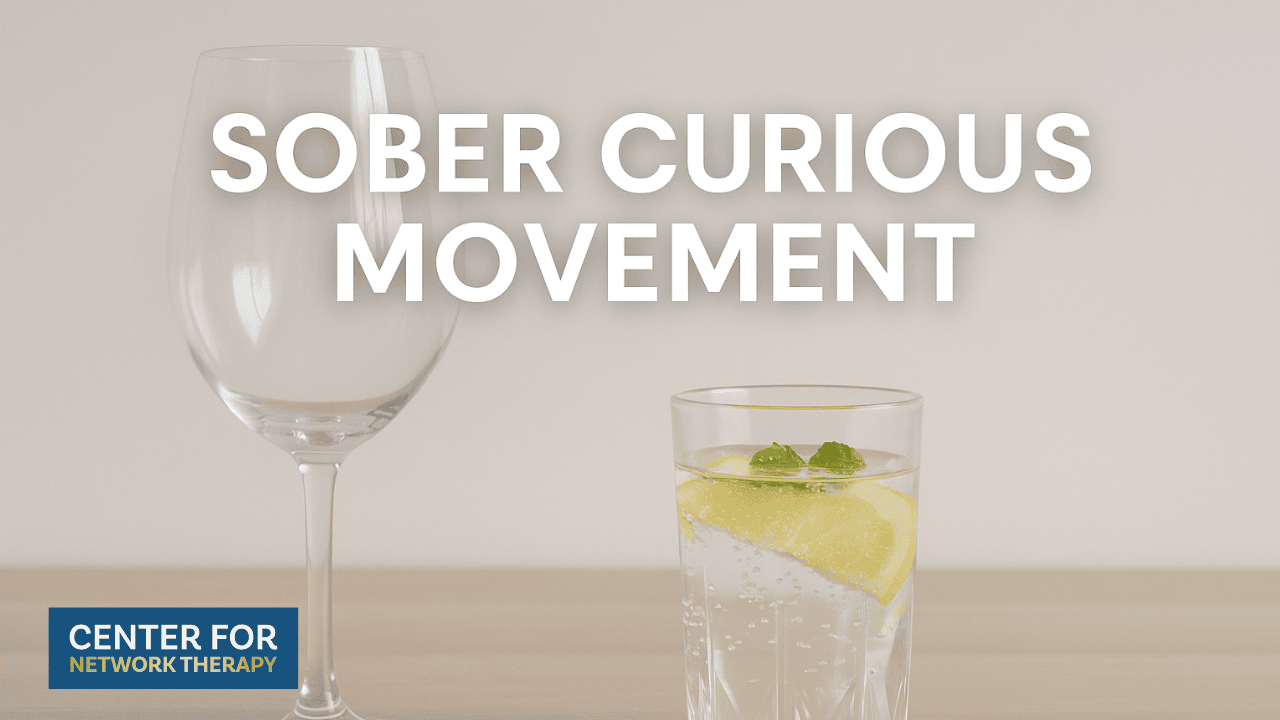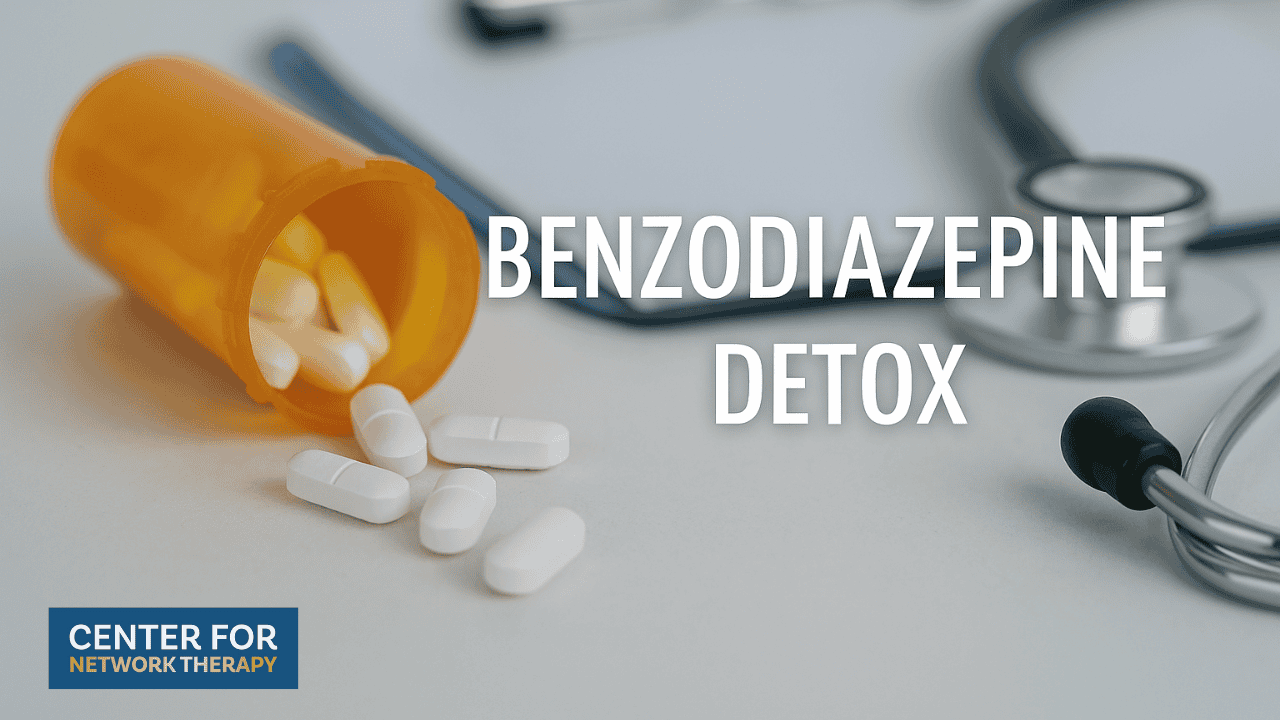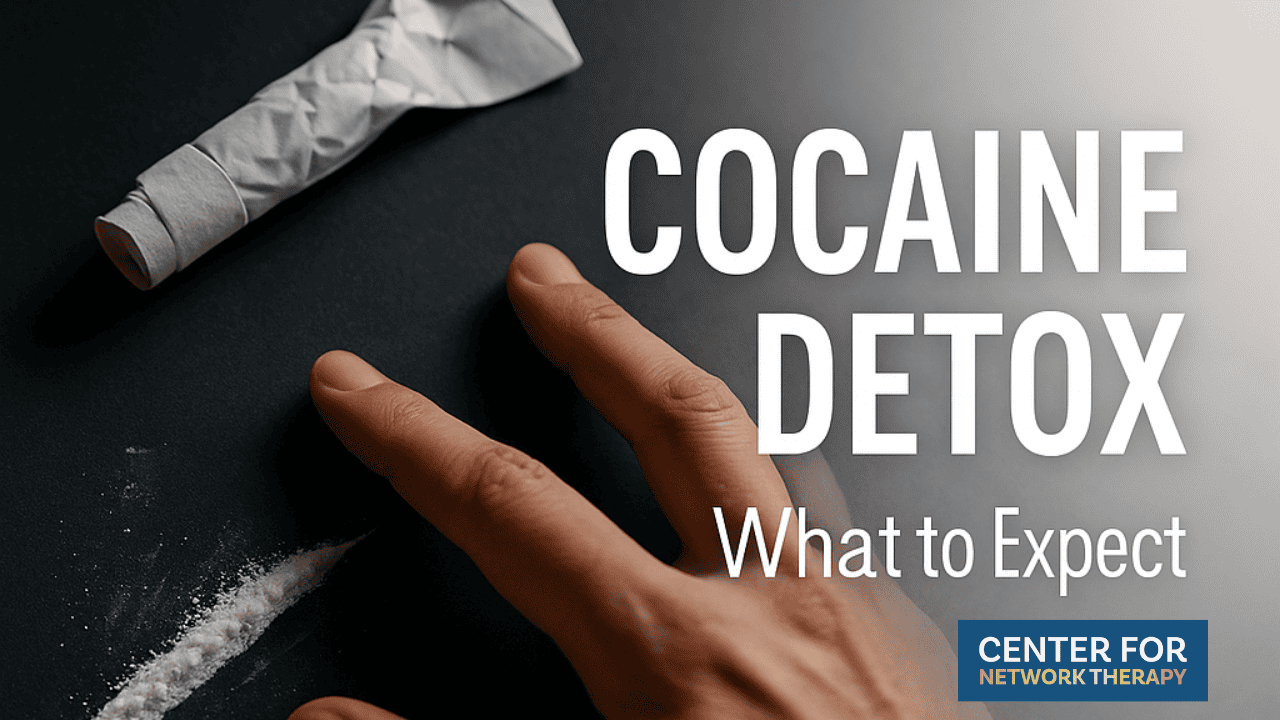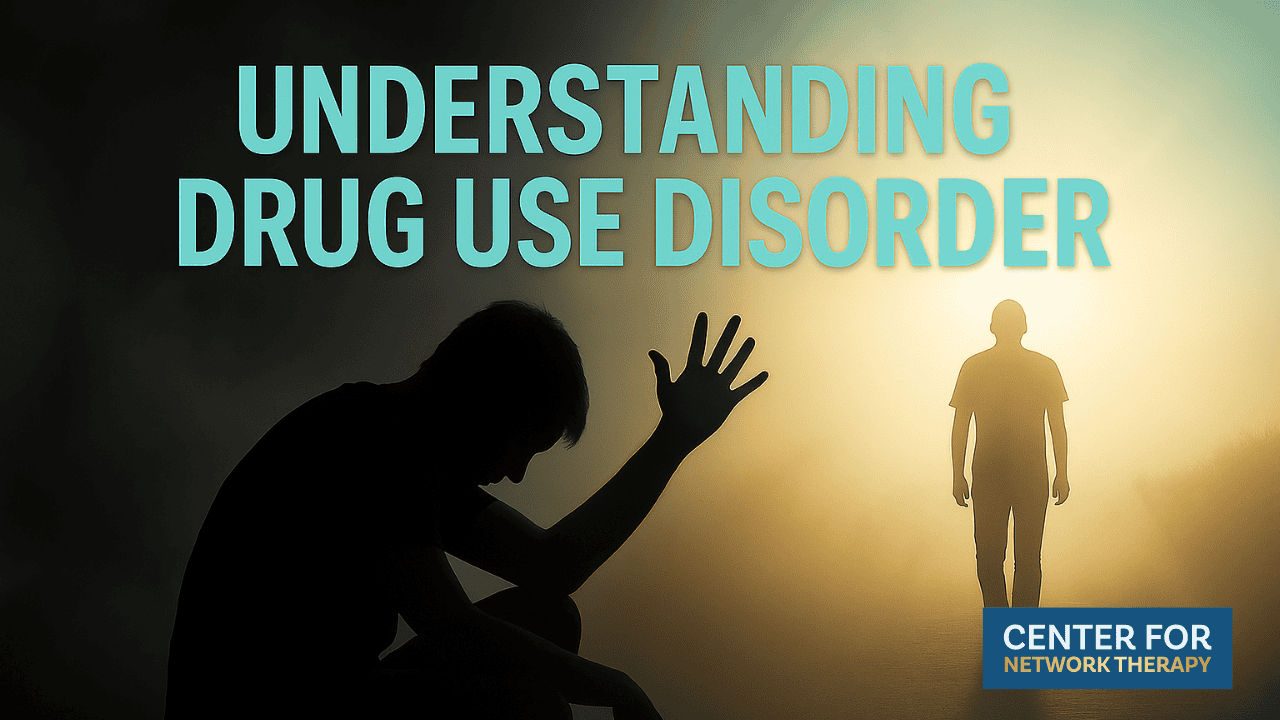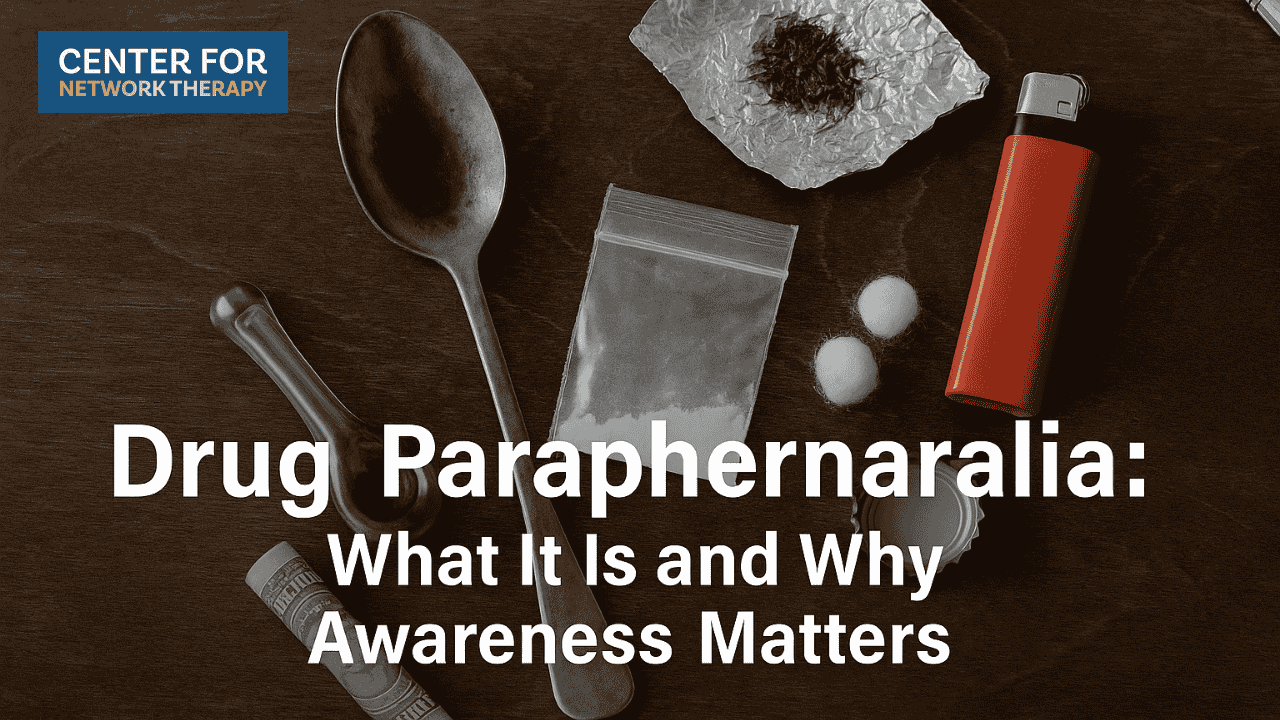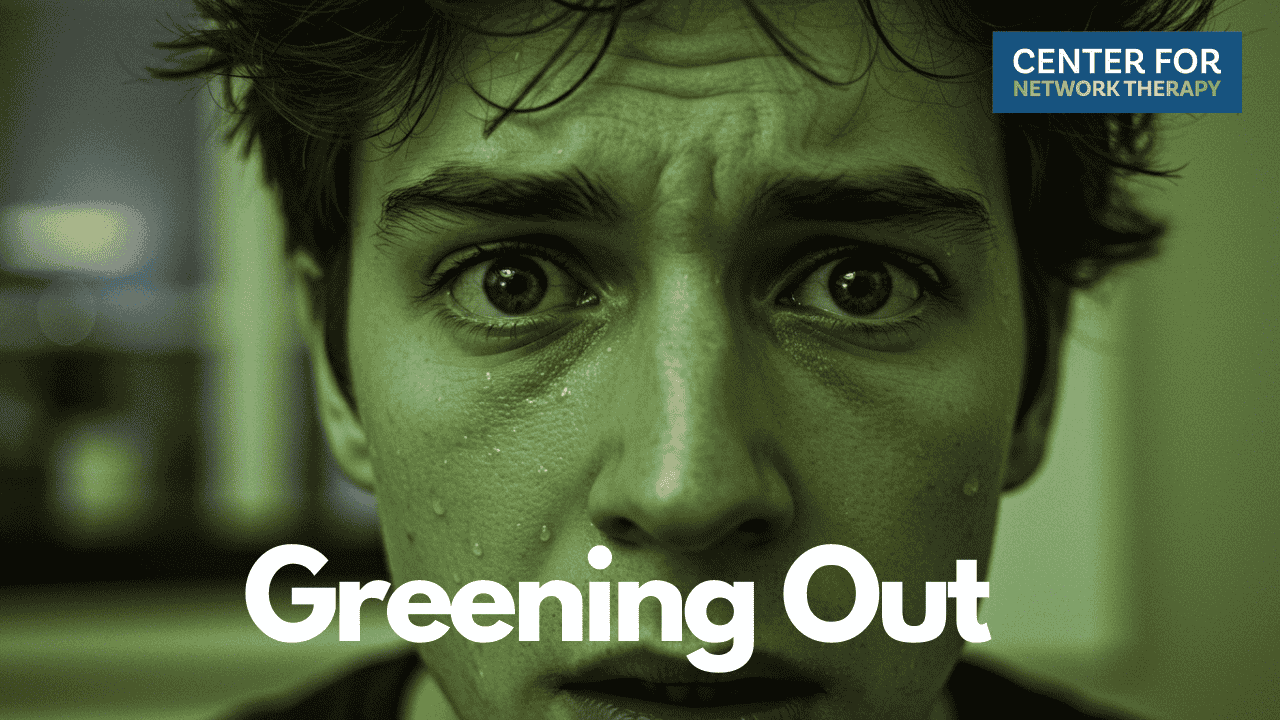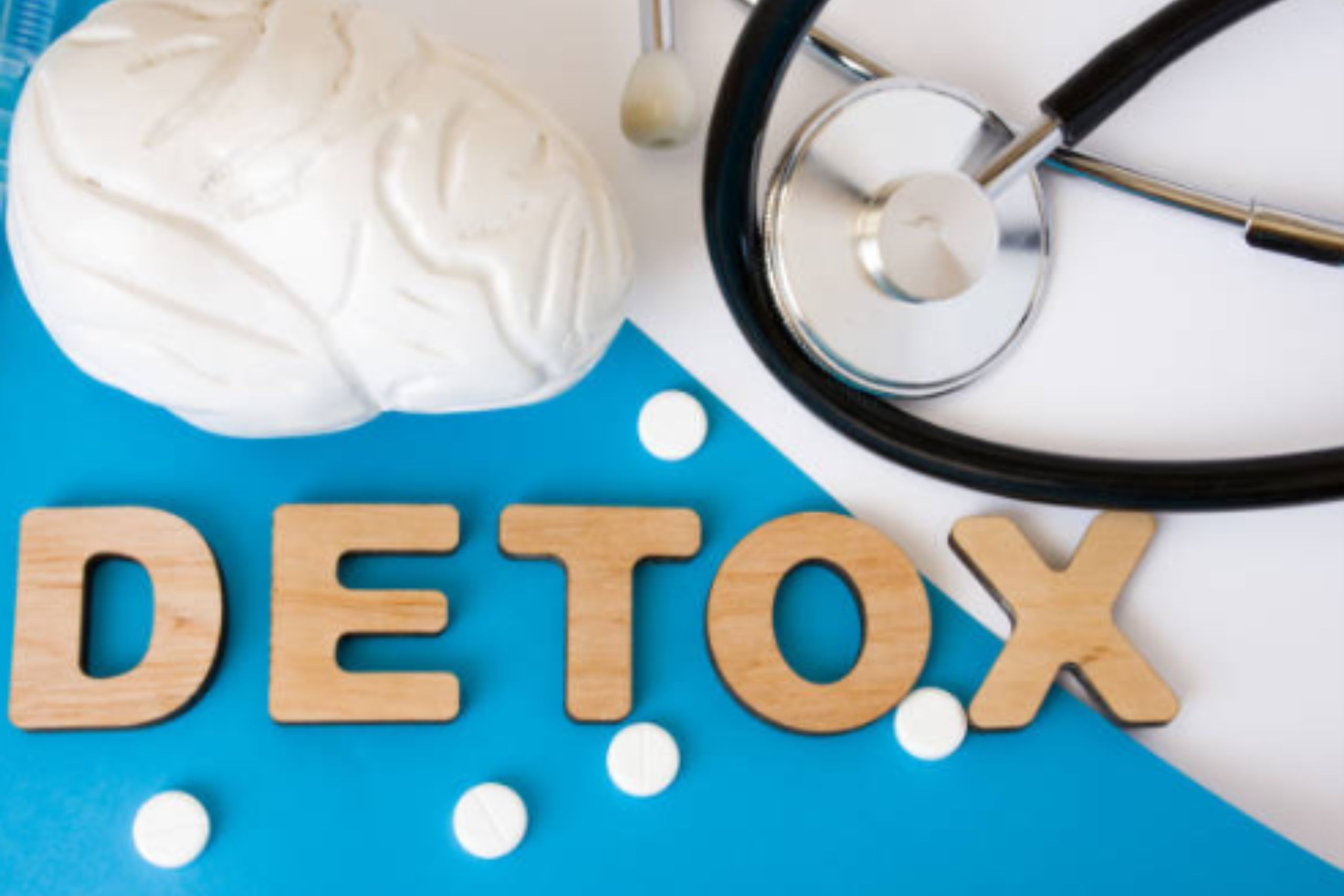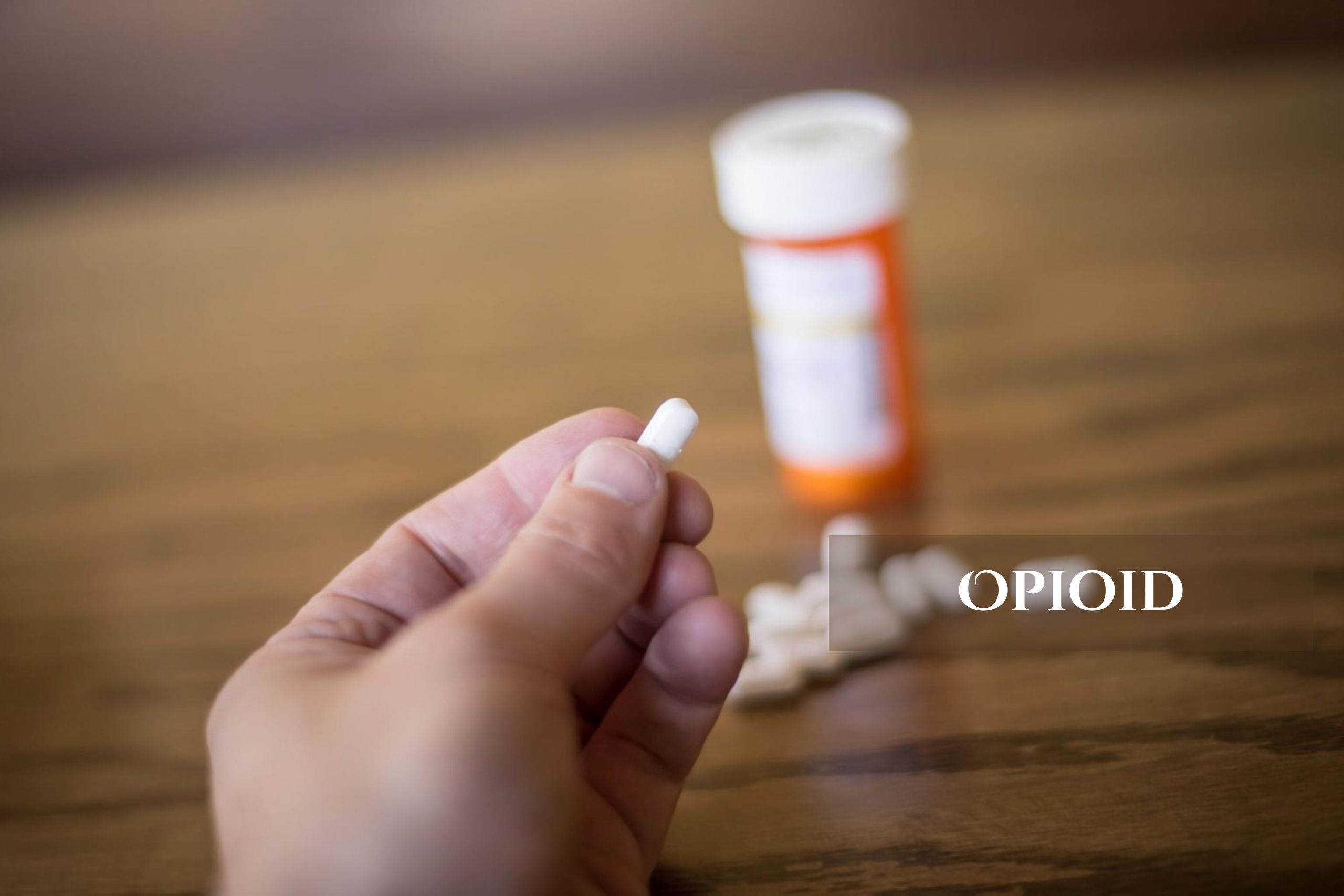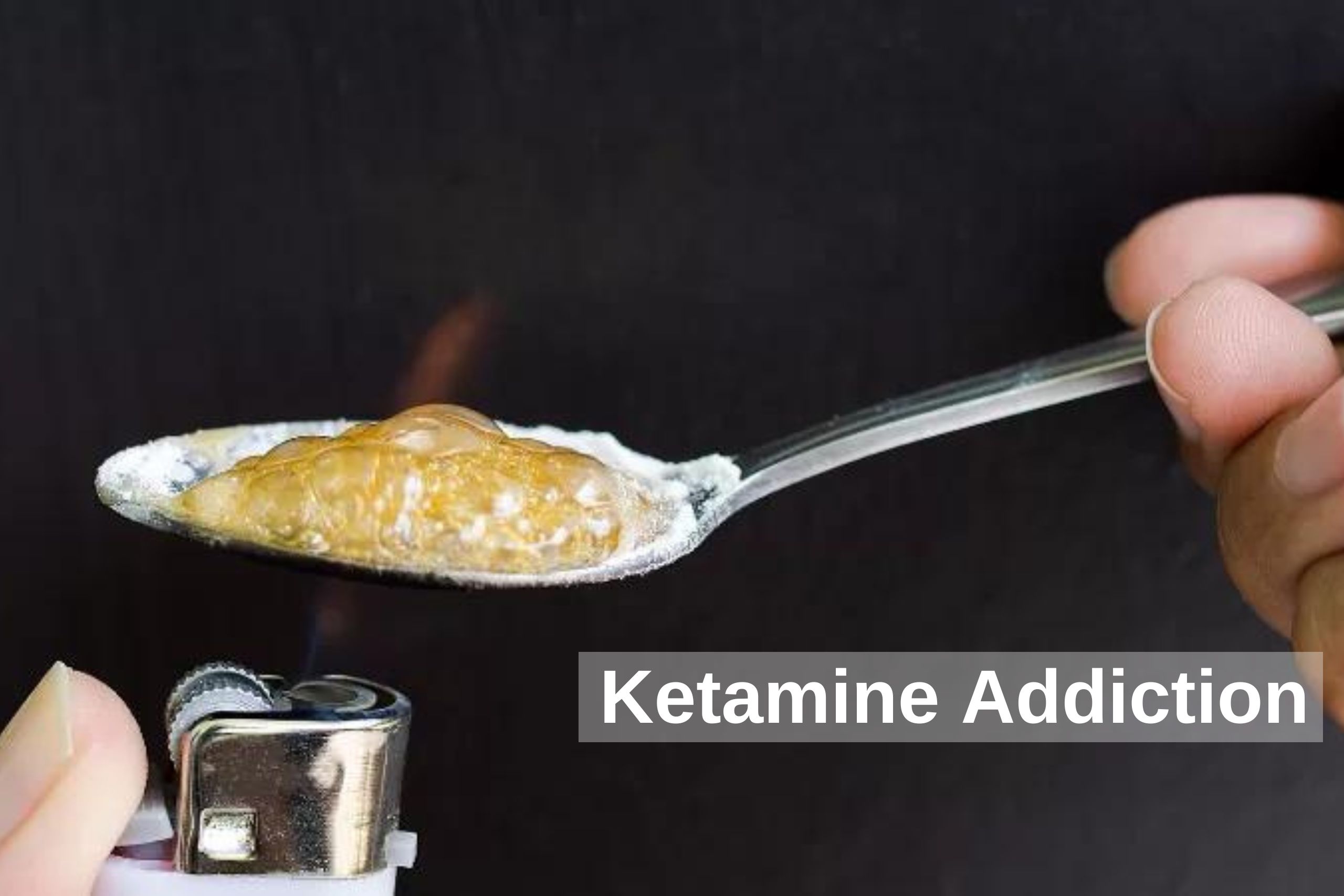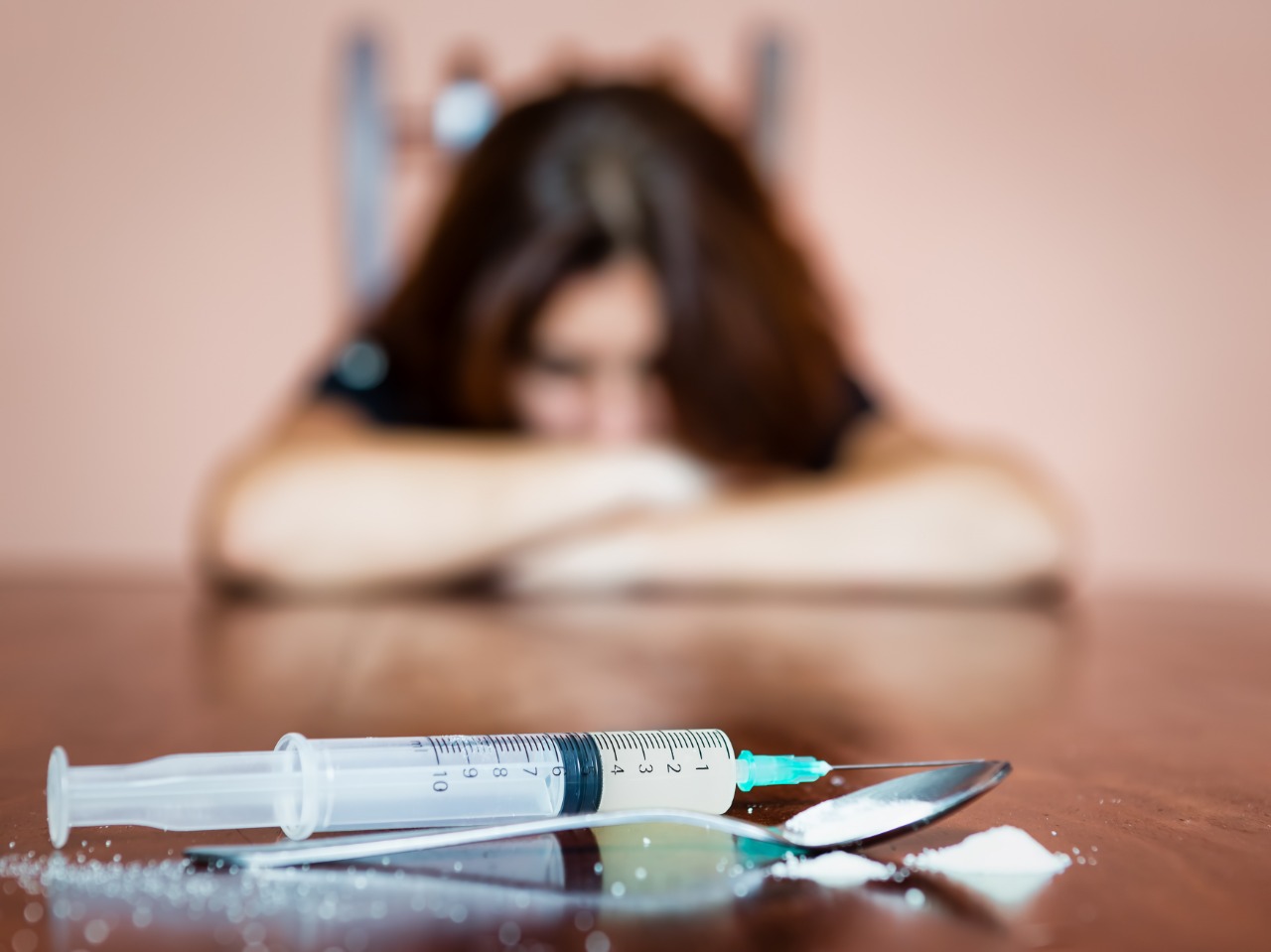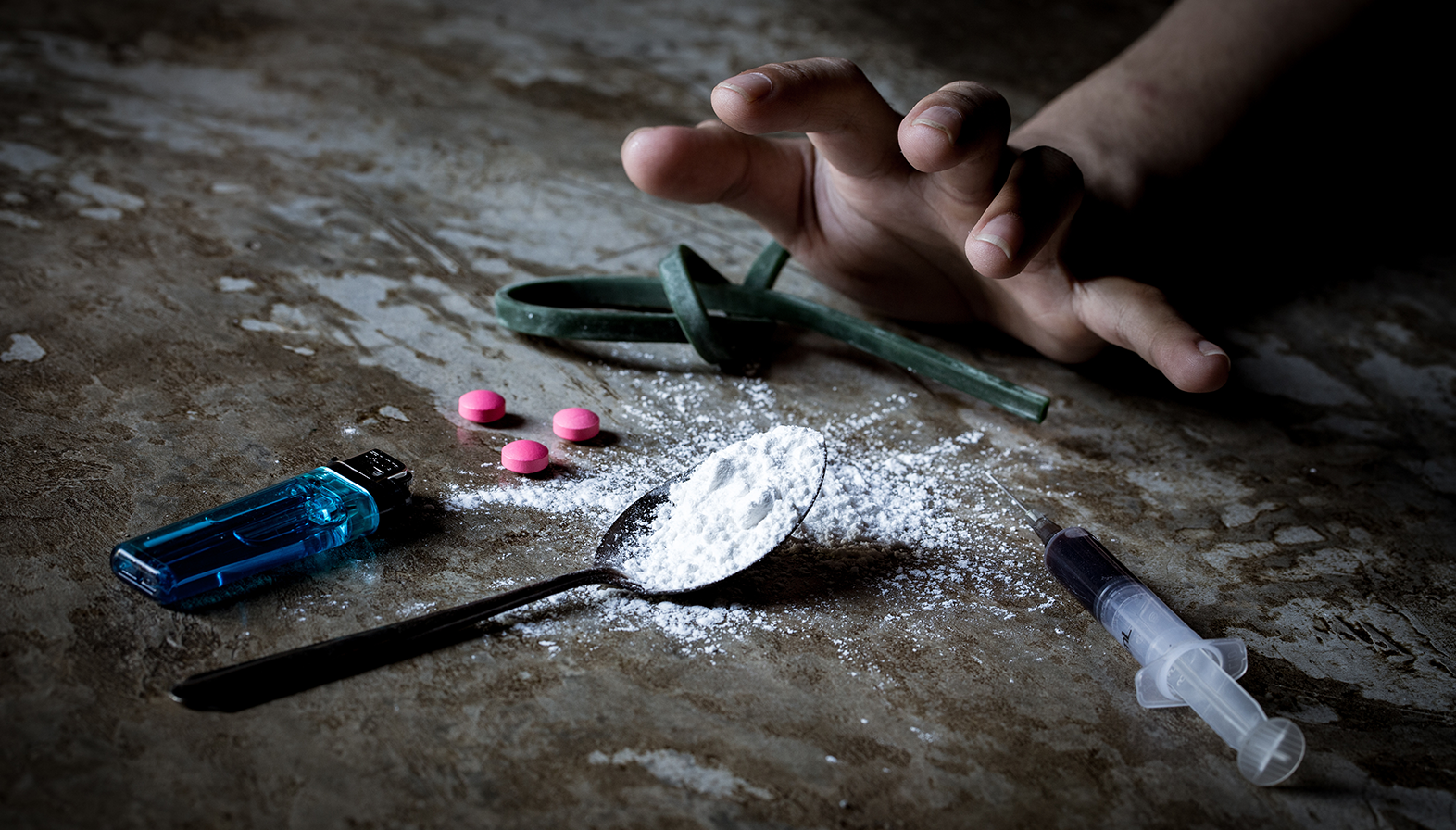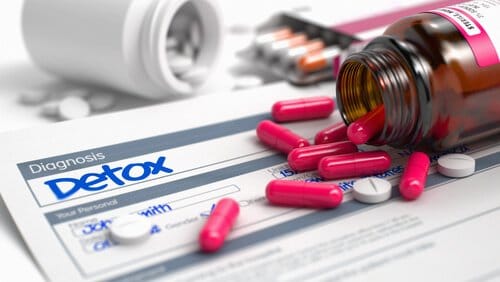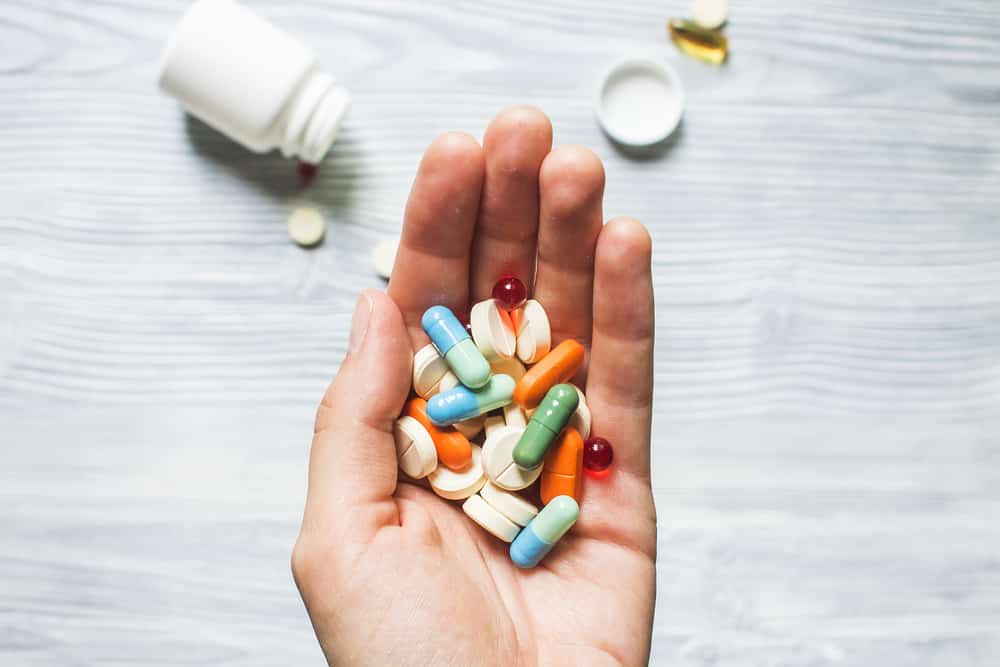Table of Contents
ToggleNitazenes vs. Fentanyl: Why Micrograms Matter More Than You Think
It takes just a few grains of fentanyl to take a life. Now imagine something even stronger and largely unknown.
That’s the risk we’re seeing today with nitazenes.
Originally developed decades ago as a potential painkiller, nitazenes were never approved for human use. But they’ve quietly re-emerged in illicit drug markets, sometimes hidden inside pills or mixed with fentanyl, and they’re shockingly potent.
At the Center for Network Therapy (CNT), we’re raising awareness because understanding relative potency isn’t about fear. It’s about safety. About families getting the full picture. About saving lives.
What Are Nitazenes, Exactly?
Nitazenes are a class of synthetic opioids. Unlike fentanyl, they weren’t created for widespread medical use. They include compounds like isotonitazene, metonitazene, and etonitazene, among others.
Here’s what makes them so dangerous:
- Potency: Some nitazenes are 10 to 20 times stronger than fentanyl.
- Hidden Presence: They’re often not disclosed or tested for in standard drug panels.
- Tiny Doses: It only takes micrograms to cause overdose symptoms; far below what’s visible to the eye.
The Potency Scale: Fentanyl vs. Nitazenes
📊 (Insert visual ACS chart here; showing morphine, fentanyl, and nitazene strength for comparison)
To put this into perspective:
| Substance | Relative Potency (Compared to Morphine) |
| Morphine | 1x |
| Fentanyl | ~50–100x |
| Isotonitazene | ~500x |
| Etonitazene | ~1000x |
Source: American Chemical Society (ACS) & DEA publications
Just like with fentanyl, there is no safe way to measure these substances outside of a professional setting. Pills or powders may look “normal” but could contain lethal amounts of nitazenes without any odor, taste, or warning.
Why This Should Matter to Families and Providers
Most people still haven’t heard of nitazenes. That includes many in early recovery or experimenting with prescription pills, especially teens and young adults.
That’s what makes them so insidious.
- A person may think they’re taking oxycodone or Xanax.
- They may buy a “street” version of Suboxone, unaware it’s laced.
- Or they may relapse after recovery and take the same amount they used to, not realizing the potency has changed.
This is how overdoses are happening even among those who don’t see themselves as regular drug users.
How CNT Approaches Opioid Detox Today
At CNT, we’ve updated our protocols and team training to account for newer synthetic opioids. Our outpatient detox programs for opioids, including nitazenes and fentanyl, are:
- Medically supervised
- Individualized to tolerance and history
- Built for real-life schedules so recovery can begin without leaving your job or home responsibilities
What to Do If You’re Worried
Whether you’re a parent, a loved one, or someone in recovery, here’s what can help:
- Test, don’t guess. Fentanyl test strips are more available, but nitazene-specific panels are still emerging. Assume any street drug could be contaminated.
- Talk openly. Honest conversations save lives, especially when stigma is removed.
- Don’t wait. If you or someone you care about is at risk, support is available, without shame, and without needing to go inpatient first.
Support That Respects You
CNT offers outpatient detox at three New Jersey locations: Middlesex, West Orange, and Freehold and we’ve been doing it since 2013. We’re in-network with major private insurers and Medicaid.
📞 Call 732-484-9661
🔗 Additional resources: Pink Oxycodone: Dangers of Counterfeit Pills and How to Stay Safe
Your recovery doesn’t need to wait. And with drugs this potent, neither should awareness.




